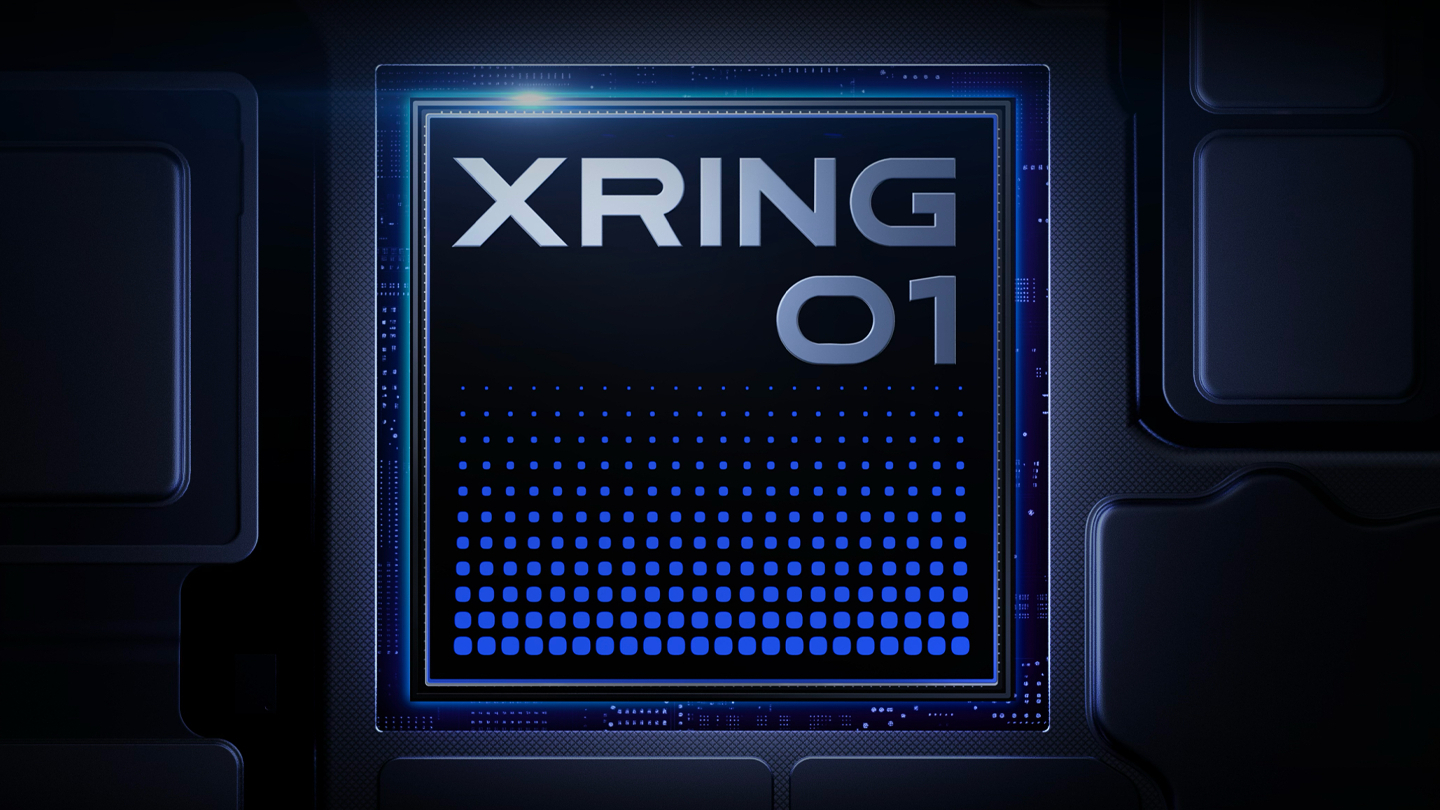

TL;DR
- Xiaomi has fully revealed the XRING 01, which is its first custom smartphone processor in several years.
- The new chipset has a powerful deca-core CPU and a cutting-edge Arm Immortalis-G925 MC16 GPU.
- The first devices with the XRING 01 are the Xiaomi 15s Pro smartphone and the Xiaomi Pad 7 Ultra tablet.
Xiaomi confirmed last week that it would announce a new custom smartphone chipset. Now, the day has arrived, and the company has fully revealed the XRING 01 processor.
It turns out that this is a monster of a chipset, starting with the deca-core CPU. Xiaomi’s processor sports two Cortex-X925 CPU cores clocked at 3.9GHz, four Cortex-A725 cores running at 3.4GHz, two Cortex-A725 cores at 1.9GHz, and two Cortex-A520 cores clocked at 1.8GHz. The two big cores are fed by 2MB of L2 cache each, the Cortex-A725 cores pack 1MB of L2 cache each, while the two little cores share 512KB of L2 cache.

This makes for an impressive layout compared to the MediaTek Dimensity 9400, which offers one Cortex-X925 core, three older Cortex-X4 cores, and four older Cortex-A720 cores. We’re not expecting the Xiaomi XRING 01 to beat the Snapdragon 8 Elite in single-core performance based on these specs, but it certainly looks like the chip could be a stiff challenge in multi-core benchmarks owing to the deca-core design
Xiaomi’s custom processor also features an impressive GPU on paper, namely an Arm Immortalis-G925 MC16 GPU. By contrast, the Dimensity 9400 has the same GPU but with 12 shader cores instead of 16. There’s no word on the Xiaomi chip’s GPU clock speed and other graphical capabilities yet, so it’s too soon to definitively conclude that Xiaomi’s chip will offer better GPU performance. For what it’s worth, we tested the MediaTek chip and thought it was competitive with the Snapdragon 8 Elite during GPU benchmarks while running cooler.
Otherwise, the processor is built on TSMC’s second-generation 3nm manufacturing process. Xiaomi says the processor has a “fourth-generation” imaging chip that enables improved low-light image quality and 4K night video. There’s no word on other components like the modem and machine learning silicon, though.
The first devices running the XRING 01 are the Xiaomi 15s Pro smartphone and the Xiaomi Pad 7 Ultra, which both launched in China today. We’ll have to get our hands on the Xiaomi 15s Pro to find out if the processor can hang with Qualcomm and MediaTek’s best chips. However, it certainly looks like the XRING 01 handily beats Google’s Tensor chips given the much newer CPU, GPU, and manufacturing process.
Got a tip? Talk to us! Email our staff at [email protected]. You can stay anonymous or get credit for the info, it’s your choice.
What’s your reaction?
Love0
Sad0
Happy0
Sleepy0
Angry0
Dead0
Wink0

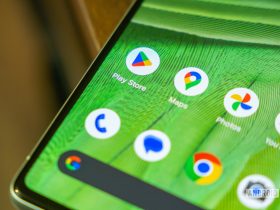

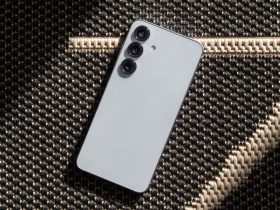

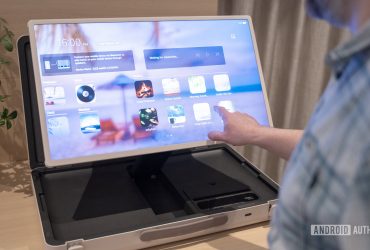
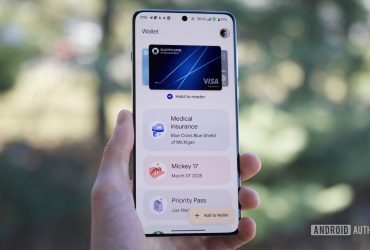
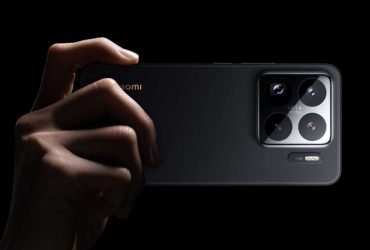
Leave a Reply
View Comments